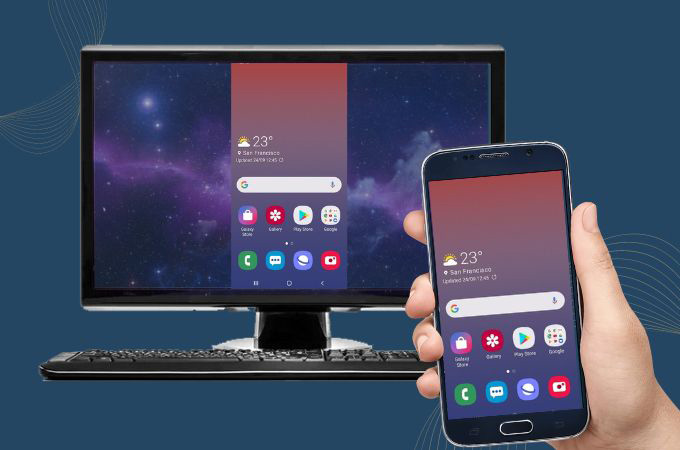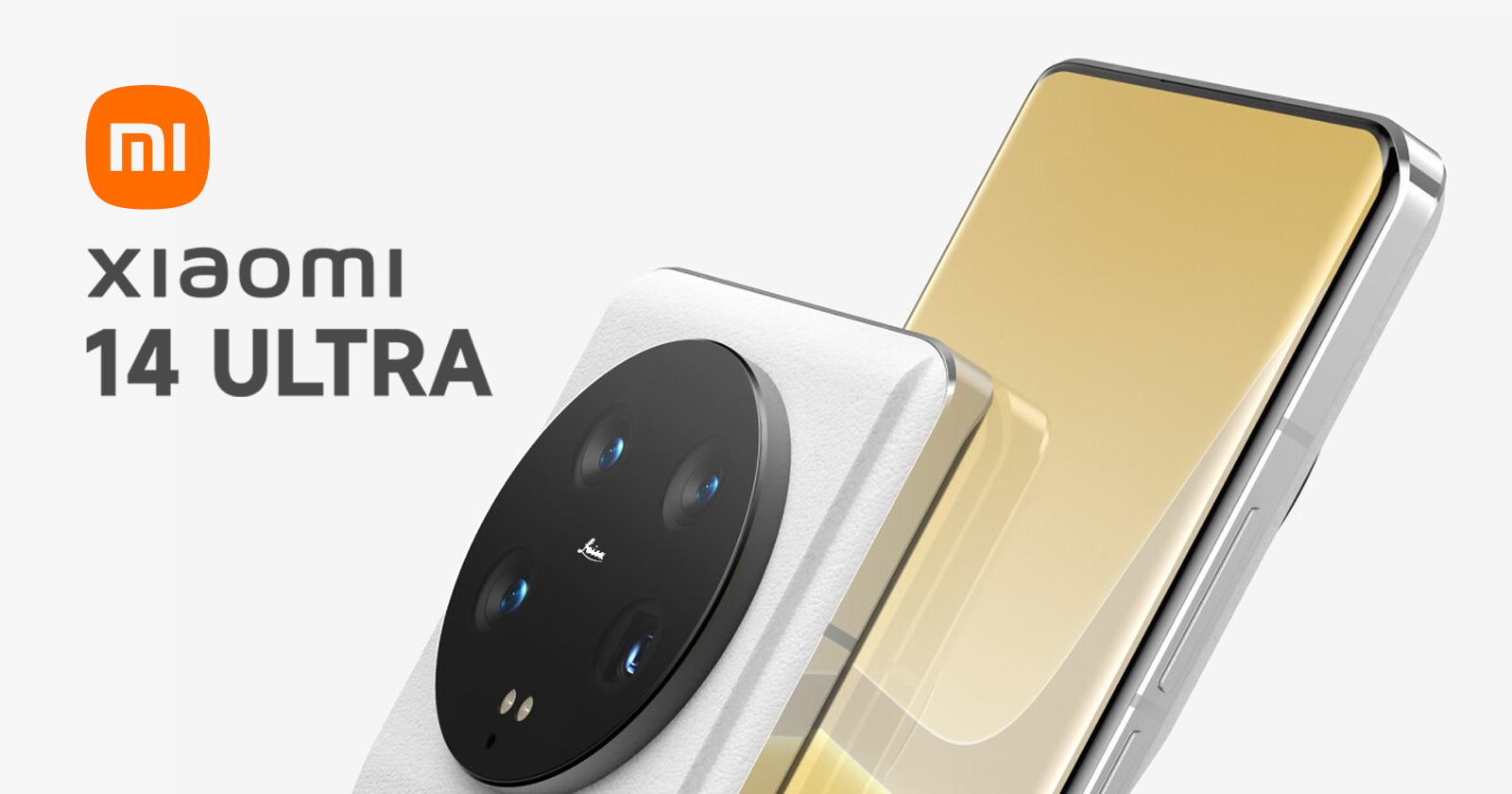Windows 10X may lose compatibility with Win32 applications and become “Chrome OS from Microsoft”
Windows Central reports that Microsoft has likely changed its strategy for the Windows 10X operating system. The company removed the technology from the OS that is responsible for virtualizing Win32 applications familiar to most users. Originally, this feature was supposed to be present in Windows 10X, but now Microsoft has decided to remove it.

It is believed that the change was made in order to make Windows 10X a competitor to Google Chrome OS. And this, in turn, means that the system will be focused on low-power devices with low power consumption. Thus, Windows 10X will work with either UWP apps or Edge-based apps. Together with the new operating system, Microsoft will be promoting the web versions of Office, Teams, and Skype. Ultimately, Windows 10X will be the direct heir to Windows 10 S and Windows RT, which were also deprived of the ability to run classic Win32 programs.
neowin.net
It is reported that the abandonment of the VAIL container technology, designed to run desktop applications in the Windows 10X environment, will allow the company to ensure the functioning of the operating system on ARM devices that refused to work stably with a virtualization tool. But at the same time, rumors circulate that for more productive devices Microsoft will leave the option to activate VAIL.
The first Windows 10X devices are expected to hit the market in early 2021.









